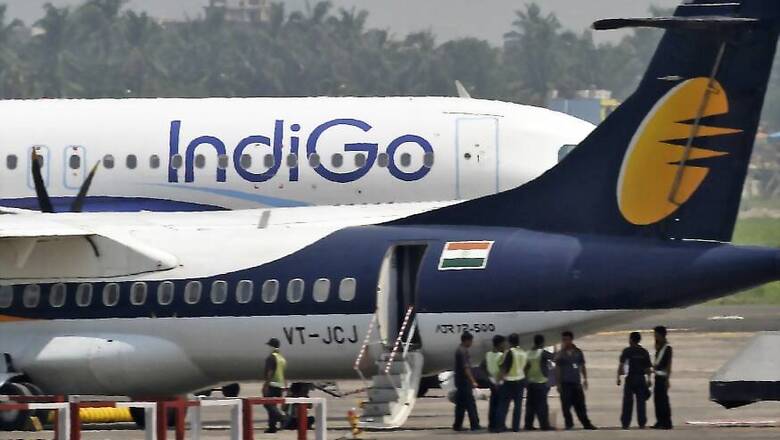
views
Pakistan will shut down its airspace for India, starting from August 28, for three days in protest against the latter’s decision to abrogate Article 370 and Article 35A in Jammu and Kashmir.
On Tuesday, Pakistan cabinet minister Fawad Hussain told the media that Pakistani PM Imran Khan was considering the complete closure of the country’s air space for India, while also placing a complete ban on the use of its land routes for trade with Afghanistan.
Hussain, the federal minister for science and technology, had argued that the move was suggested in the cabinet meeting and the legal formalities for these decisions are under consideration. This isn’t the first time that Pakistan will be closing its air space. Pakistan had fully closed its airspace in February after an Indian Air Force strike on a Jaish-e-Mohammed (JeM) terror camp in Balakot.
The Ramifications
For instance, flights to and from India that fly westwards towards the Gulf region, or Europe or America will have to fly longer distances to avoid Pakistani airspace. This, in effect, will increase the time taken by the flight and also exponentially increase the cost of operations.
An official of the DGCA explained, “When longer distances are flown, then more crew is required. The increased time required for the flight that different sets of crew and multiple pilots will be required. And on top of all this, the passengers are greatly inconvenienced.”
The geography of the Himalayas in the north of India is a further complication, experts said and added that the closing the Pakistani airspace impedes flight operations since the mountains are near impassable.
Lessons from the Past
Generally, the airspace over a nation is controlled by that country’s aviation regulatory body (Civil Aviation Authority, in the case of Pakistan) and air traffic control organizations determine when, where and how aircraft are allowed to fly.
Flights typically like to fly a straight line to their destination in order to save fuel – but for this, the airspace has to be open and safe. But the impact of shutting down the air space is felt by both nations. After shutting down the airspace earlier in February, Pakistan had suffered a loss of USD 50 million, said Pakistani aviation minister Ghulam Sarwar Khan – but had underlined that Islamabad’s action had hit New Delhi “harder”, “It is a huge loss for our overall (aviation) industry”, he was quoted as saying by the Dawn newspaper.
But he had added “This restriction had hit India harder than Pakistan. The loss of India is almost double. But at this juncture, détente and harmony are required from both sides.”
Air India had suffered a loss of Rs 430 crore in the four-month period when air space was restricted by Pakistan, following the Balakot strikes, Civil Aviation minister Hardeep Singh Puri had informed the Rajya Sabha.
Air India had to re-route, merge or suspend many of its international flights that connect India with European and US cities. “The flying time for long-haul flights towards the USA increased by 90 minutes and additional fuel was needed. US-bound flights had to be stopped at Vienna,” an Air India spokesperson had told PTI soon after, explaining the effect the airspace closure had on the national flag carrier.
IndiGo, India’s largest airline by domestic market share, was unable to start direct flights from Delhi to Istanbul due to the closure of the Pakistan airspace. The low-cost carrier started flying the Delhi-Istanbul route in March. It had to take the longer route over the Arabian Sea and make a stop at Doha in Qatar for refuelling, PTI added.




















Comments
0 comment